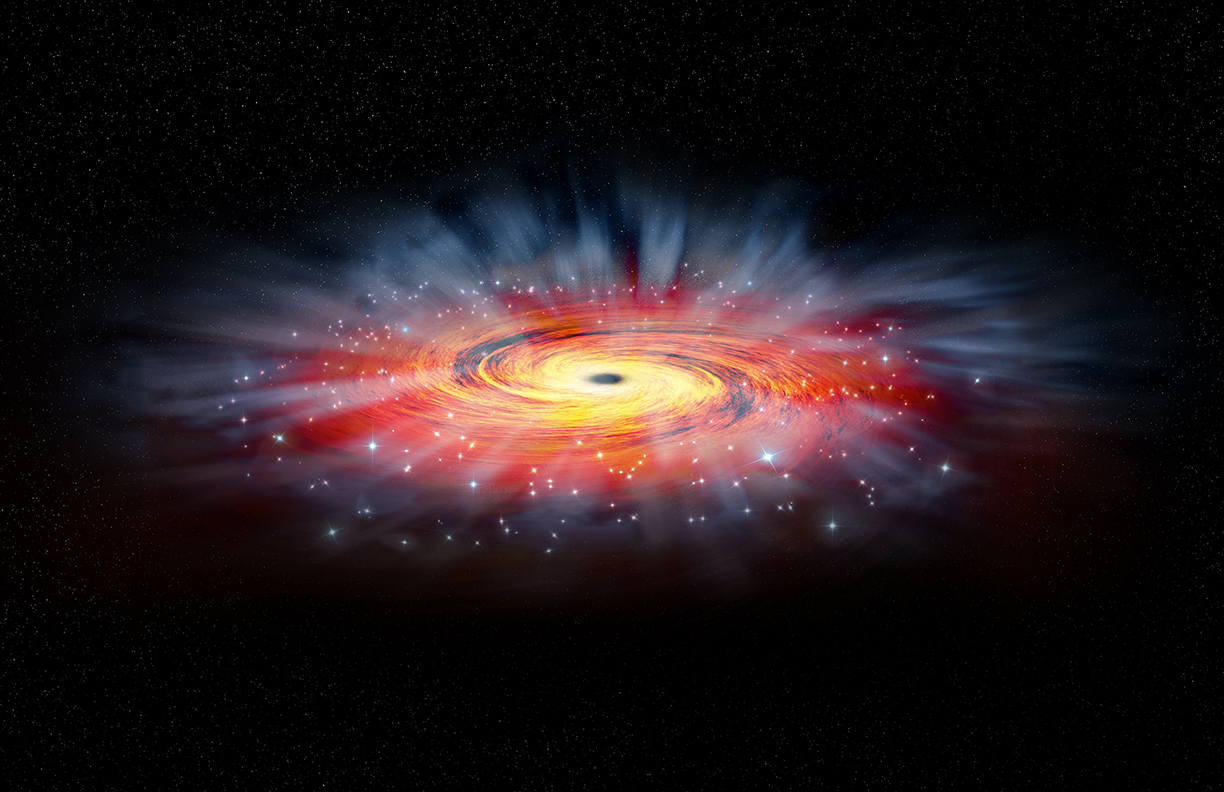UChicago News
A powerful network of telescopes around the Earth is attempting to create the first image of a black hole, an elusive gravitational sinkhole that Albert Einstein first predicted in 1915.The UChicago-led South Pole Telescope is part of the Event Horizon Telescope, which combines eight observatories in six locations to create a virtual Earth-sized telescope so powerful it could spot a nickel on the surface of the moon. Scientists spent ten days in April gathering data on Sagittarius A*, a black hole at the center of the Milky Way, as well as a supermassive black hole about 1,500 times heavier at the center of galaxy M87.
Each radio-wave observatory collected so much data that it could not be transmitted electronically. Instead, it was downloaded onto more than 1,000 hard drives and flown to the project’s data analysis centers at the MIT Haystack Observatory in Westford, Mass., and the Max Planck Institute for Radio Astronomy in Bonn, Germany.
Over the next year, supercomputers will correlate, combine and interpret the data using very long baseline interferometry, a procedure common in astronomy but never implemented on such an enormous scale. The goal is to produce an image of the event horizon, the boundary of a black hole where luminous gases burn at tens of millions of degrees and from which nothing escapes, not even light.
“It all came together for us: telescopes with higher resolutions, better experiments, more computer power, bright ideas, good weather conditions and so on,” said John Carlstrom, the Subramanyan Chandrasekhar Distinguished Service Professor of Astronomy and Astrophysics at UChicago, who leads the South Pole Telescope collaboration. “I’m very confident that we’ll come up with not only a good image, but a better understanding of black holes and gravity.”
The telescopes in the network employ radio dishes that can detect very short wavelengths, even less than a millimeter—the shorter ...
Read More
Monday, April 24, 2017
Virtual Earth-sized telescope aims to capture first image of a black hole
Subscribe to:
Post Comments (Atom)
No comments:
Post a Comment
Note: Only a member of this blog may post a comment.